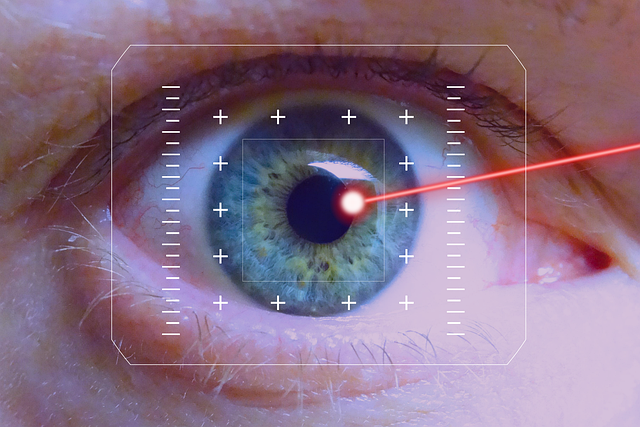Understanding the Importance of Posture Correction
In today’s fast-paced world, many of us find ourselves hunching over screens, slouching in chairs, or simply neglecting the natural alignment of our bodies. These habits can lead to chronic pain, fatigue, and even long-term health issues. Posture correction is not just about standing up straight; it’s about nurturing a lifestyle that supports your skeletal and muscular health holistically.
Lifestyle Changes That Support Better Posture
Sometimes the smallest lifestyle adjustments can make the biggest difference in posture correction. Start by being mindful of your daily habits:
- Ergonomic Workspaces: Whether you work from home or in an office, ensure your desk, chair, and computer setup promote a neutral spine position. Your monitor should be at eye level, and your feet should rest flat on the floor.
- Regular Movement Breaks: Sitting for prolonged periods weakens your postural muscles. Stand up, stretch, and move every 30 minutes to keep these muscles engaged.
- Proper Sleep Positions: Sleeping on your back or side with a suitable pillow can maintain spinal alignment, aiding in posture correction even during rest.
Health Benefits Linked to Improved Posture
Engaging in posture correction exercises and maintaining proper alignment isn’t just about physical appearance. Improved posture carries a wealth of health benefits:
- Reduced Muscular Tension: Correct posture decreases abnormal muscle strain and reduces the risk of aches, particularly in the neck, shoulders, and back.
- Enhanced Breathing: An aligned spine opens up the chest cavity, enabling deeper and more efficient breathing, which supports overall vitality.
- Boosted Confidence and Energy: Standing tall can improve your self-esteem and increase energy levels by facilitating better circulation.
Nutrition Tips to Support Posture Correction
A healthy diet plays a vital role in reinforcing the skeletal and muscular systems necessary for effective posture correction. Consider these nutritional guidelines:
- Calcium and Vitamin D: Essential for strong bones, these nutrients help prevent osteoporosis and support spinal integrity. Include dairy products, leafy greens, and fortified foods in your meals.
- Magnesium: This mineral aids muscle function and relaxation, minimizing tension that can compromise posture. Nuts, seeds, and whole grains are rich sources.
- Hydration: Staying well-hydrated keeps spinal discs supple and cushions the vertebrae, making posture correction exercises more effective.
- Anti-inflammatory Foods: Chronic inflammation can worsen pain associated with poor posture. Incorporate foods like turmeric, berries, and fatty fish to reduce inflammation naturally.
Integrating Posture Correction Into Your Routine
Ultimately, posture correction is an ongoing journey that blends lifestyle choices, health management, and nutrition. By consciously adjusting your environment, nourishing your body, and engaging in targeted exercises, you create a foundation for sustained wellbeing and confidence. Your body will thank you for the care and attention devoted to maintaining proper alignment and balance.




